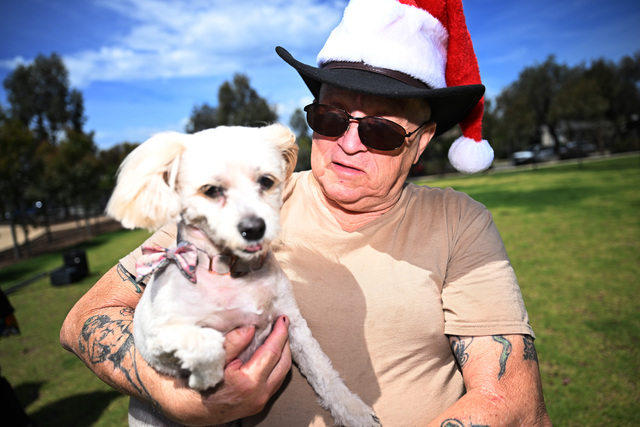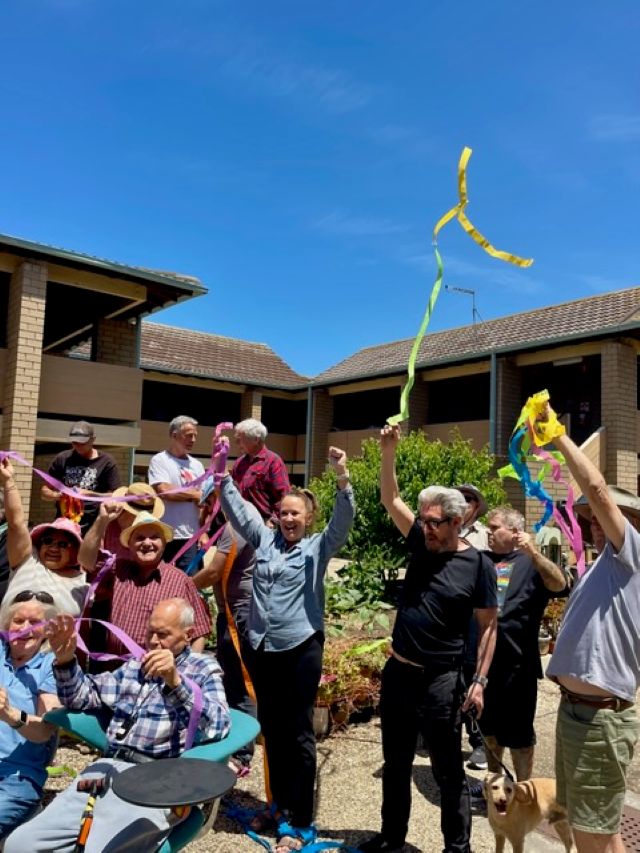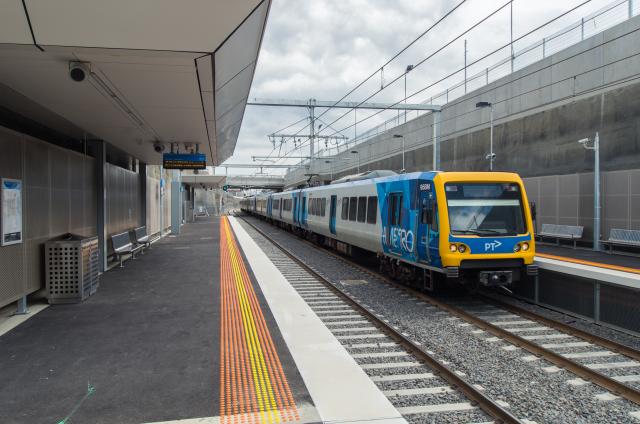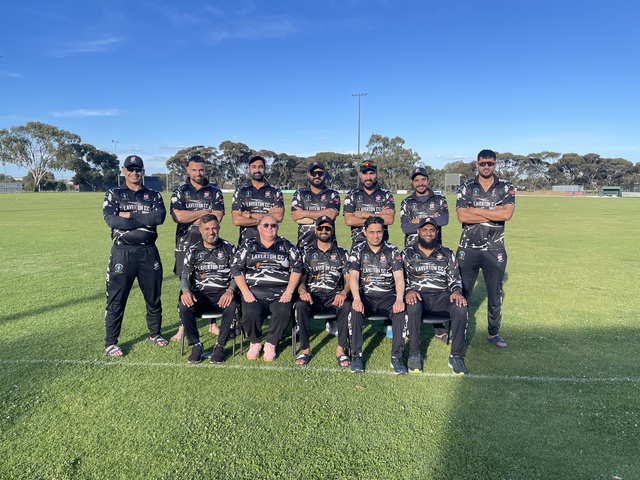A HOUSING crisis in the western suburbs is far worse than realised, with a massive increase in the number of desperate people resorting to rooming houses, new research reveals.
A revised count shows the west is bearing the brunt of the city-wide explosion in rooming house numbers with people being squeezed out of the rental market.
RMIT University’s Professor Chris Chamberlain found an eight-fold increase in the number of rooming houses and their tenants in western Melbourne, made up of the municipalities of Maribyrnong, Brimbank, Hobsons Bay and Moonee Valley.
Professor Chamberlain’s report, Counting the Homeless, shows the number of rooming houses rose from 36 in 2006 to 339 last year. The number of people in rooming houses increased from 288 to 2669 over the same period.
Professor Chamberlain used council records for his count as the rooming houses must be registered with councils. They are often missed in census counts because they look no different from other properties.
The professor said it was a massive increase, partly attributable to undercounting, and most evident in the western suburbs because properties were cheaper.
Maribyrnong Council has 47 registered rooming houses.
Much more problematic is the unknown number of unregistered rooming houses, estimated at more than 100 in Maribyrnong, which are not subject to registration and inspections.
“There are heaps of unregistered ones in the west, particularly around Sunshine and StAlbans,” Professor Chamberlain said.
“Some councils are doing their very best to try to register and work with operators to get them up to standard, but some councils are not doing a very good job at all.”
Professor Chamberlain said an unaffordable private rental market and the long wait for public housing were forcing people of all sorts into rooming houses, which were the “last stop before the streets” and homelessness.
Tenants include those with mental health or drug issues, people on disability support, students and, in some cases, elderly people who can’t afford rent on a single aged pension after a partner has died.
More than 14,000 people are on the waiting list for public housing in the north-west metro region, according to the latest Department of Human Services figures.
Research by the National Centre for Social and Economic Modelling, commissioned by Australians for Affordable Housing, shows that one in five people aged between 15 and 24 is in housing stress. That means they’re on a low income and paying more than 30percent of their income on rents or mortgages, causing more young people to access homelessness services or find accommodation in rooming houses.







